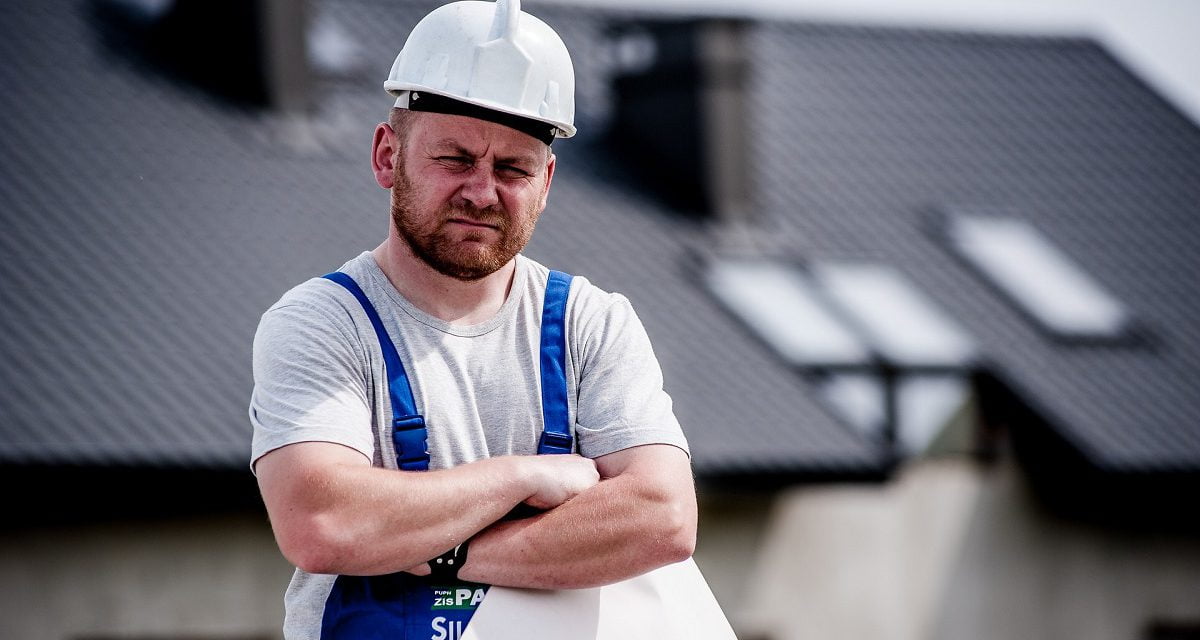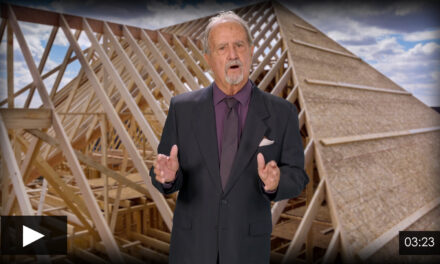New single family home (SFRs) sales fell 6.6% in June from May, to a seasonally adjusted annual rate (SAAR) of 676,000, according to the U.S. Census Bureau.
Coinciding with this decrease in newly built SFR sales is a continued increase in the new SFR sales price. The national median sales price of new SFRs sold in June 2021 was $361,800, up 6.1% year-over-year.
In comparison, in California, new home permits increased with 35,100 SFR starts in the first half of 2021, a 31% increase of 8,300 more starts compared to the same period a year earlier.
Despite the pandemic, home buying in California is as competitive as ever, driving a rising interest in new homes. Homebuyers fueled by fear-of-missing-out (FOMO) are snatching homes left and right, afraid to lose the opportunity to buy a home in the future.
At the national level, it’s clear homebuilders are increasing the sales price of new homes while home sales are decreasing. However, as new home sales decline, will rising prices continue?
It’s axiomatic — home prices chase home sales volume, and with today’s tapering off of new home sales, prices are set to follow.
Why sales are declining
Homebuyers aren’t the only ones who have reached their spending limit; builders have, too.
We know there’s been a lack of construction, especially for low- to mid- tier housing, furthering our supply and demand imbalance. Why are builders not able to meet demand? Well, just like homebuyers, builders also have a budget, and an expected return on investment (ROI).
Builders don’t have easy access to the land they need to build on. Simply put, strict zoning laws and high permitting costs are hindering builders ability to obtain land they need to build on without breaking the bank.
It also takes a lot of funding to invest in developing new SFRs. Expensive and rising prices of key building materials as well as limited availability of durable goods are forcing builders to demand higher prices, limit sales, and delay projects. Building materials prices have increased 13.0% year-to-date (YTD) in stark contrast with the same period in 2020 during which prices increased 1.1%, according to the National Association of Home Builders (NAHB).
The cost of almost every single item that goes into building a house in the U.S. has skyrocketed. Visit Bloomberg for a visual breakdown of the rising costs of new SFR construction.
Builders can’t make a profit at a lower price point due to these high expenses in new home building and with the current stagnant pace of incomes, low- to mid- tier earners are unable to pay more.
This is our current housing crisis and it’s not going to get better any time soon unless legislators work quickly to resolve it, and by quickly we mean effective immediately, like a looming deadline.
The remedy for California’s housing crisis is more housing
The whole picture is that builders are currently limited by strict zoning laws and high permitting costs, limiting land availability to build on, and the cherry on top is increasingly expensive building materials. Together, these factors are the main causes of soaring home prices and capped construction, especially in the low and mid tier.
Besides easing zoning laws and tackling high permitting costs, legislators and cities also need to start thinking like homebuilders, especially in terms of dollar per square feet, to understand the builder’s costs of construction. What is the best way to help builders get more bang for their buck on the ground?
When the cost of land is high, as it is across California’s metro areas, then the costs of building needs to be distributed among more people, according to a U.C. Riverside study. Building denser, higher housing like multi-family condos or apartment units is simply more cost efficient compared to a new SFR in terms of the costs of construction being distributed among more units.
In this case, legislators need to start encouraging cities to invest in transit-oriented development and start building immediately along California’s new high-speed rail, which is set to open by 2029.
Culver city has already started.
For the last fifteen years, Culver city has invested in transit-oriented development close to their own light-rail, Metro Expo Line. The city invested in a huge transit-related project — the $300-million Ivy Station complex, which shows off apartments, a hotel, an office building, and amenities like shops, restaurants, and underground parking for commuters traveling to downtown Los Angeles or Santa Monica.
For smaller builders without great access to capital to invest in large developments like the Ivy Station complex, firsttuesday proposes that legislators create a new state agency with the sole function to lend to builders who will use the funds to construct more housing for renters or owner-occupants. Legislators can use the funds from the state’s $38 billion budget surplus, available to distribute in 2021-2022.
Time is up. We need to save the housing market now. If inventory stops growing, real estate professionals will suffer long-term.














